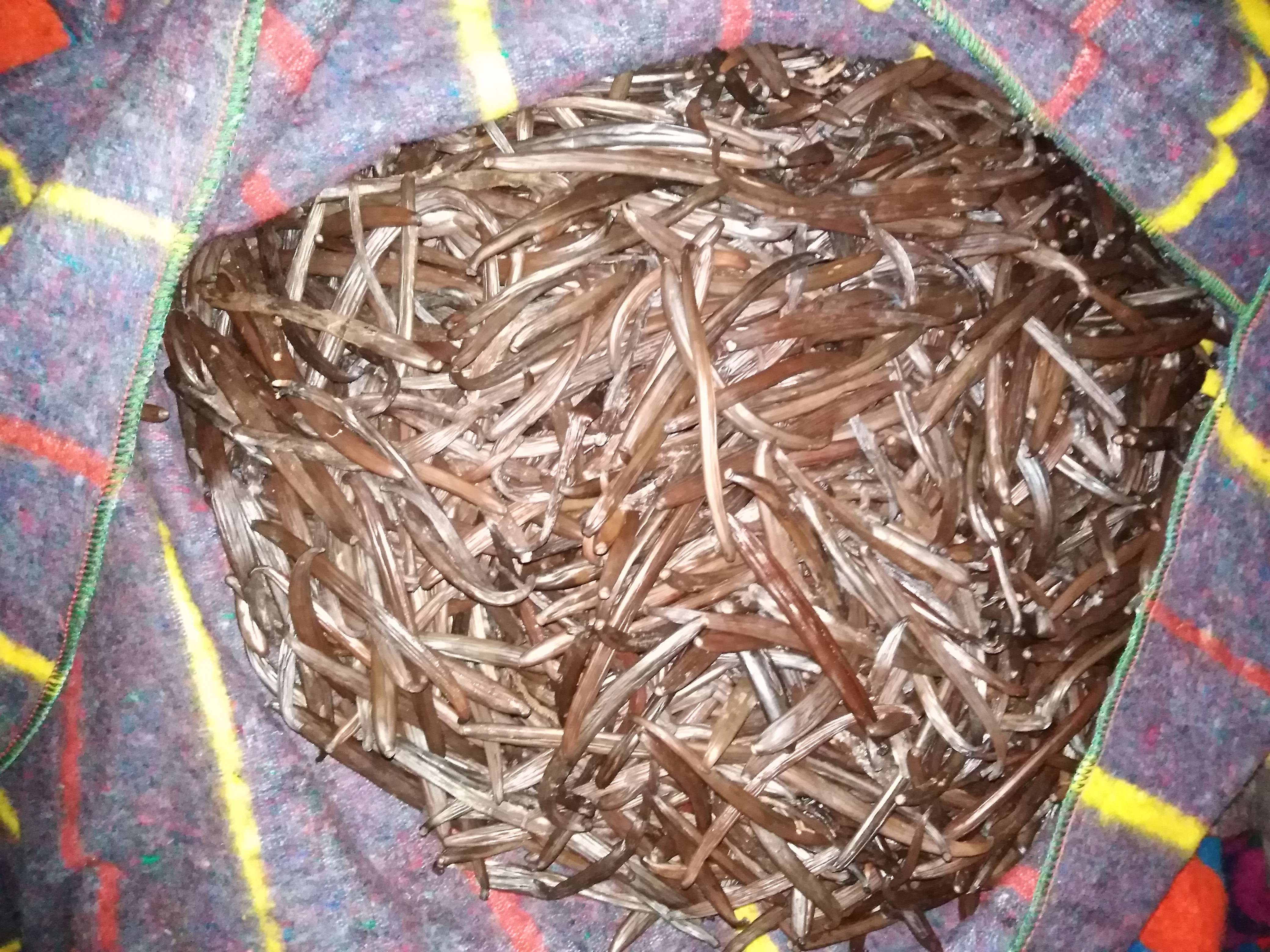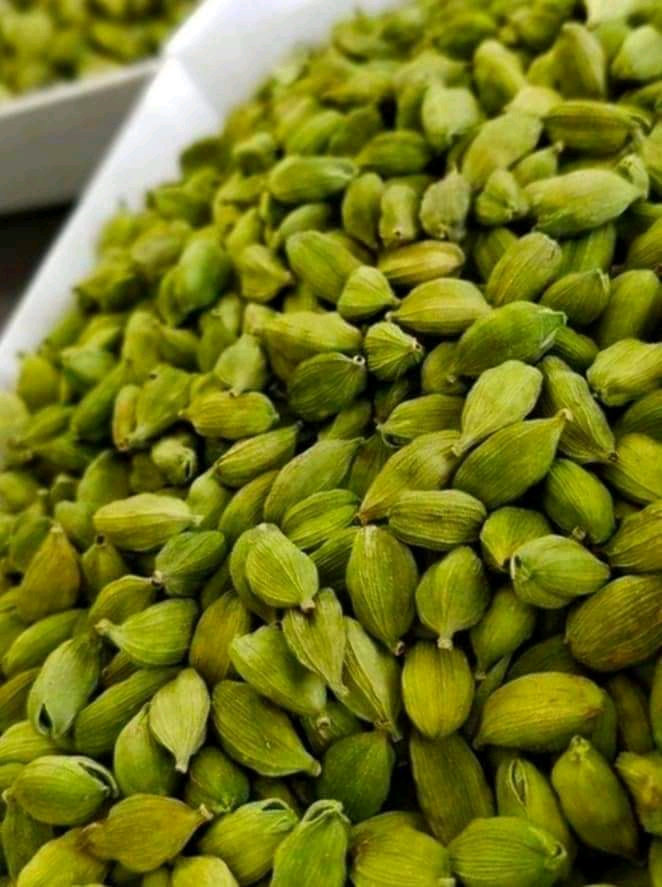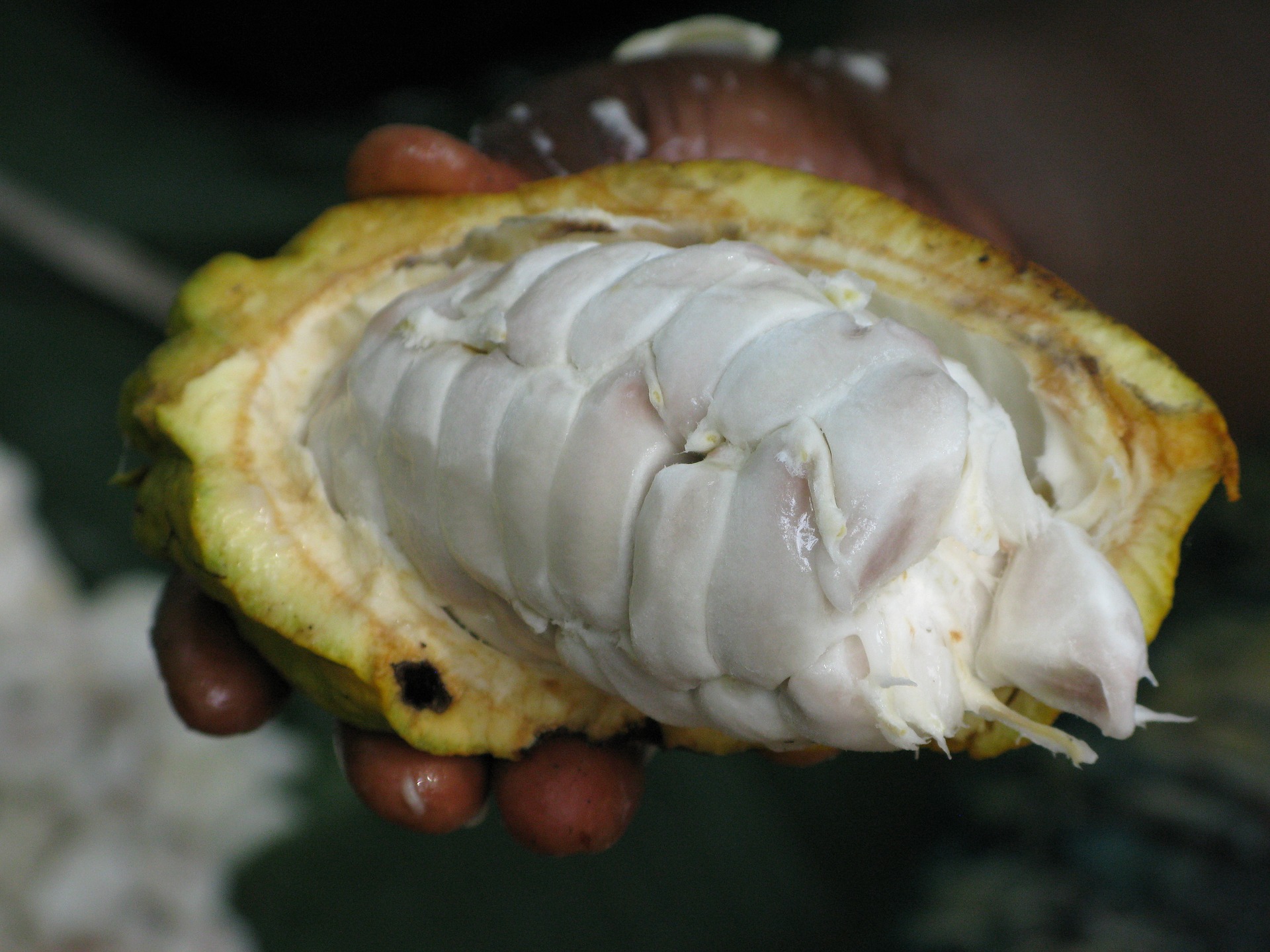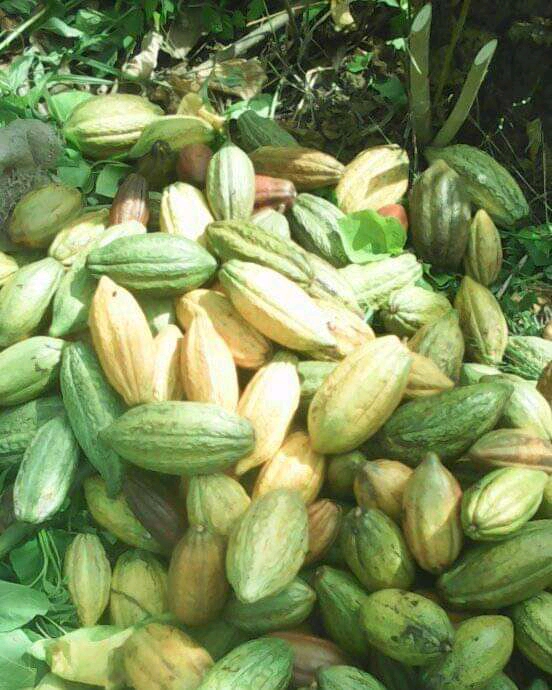How To Increase Yields From Fish Farming While In Uganda

A Fish Pond For Fish Farming
The Food and Agriculture Organization (FAO), a specialized agency of the United Nations that leads international efforts to defeat hunger estimates that there are around 20,000 fish farmers in Uganda. If you are in a swamp or any other area that can hold water, then you can practice fish pond farming and if you are near water a water body, such as a lake, then you can practice water cage fish farming.
Cage fish farming is when fish in a pond is kept in a specific area to stop it from swimming away or for easy feeding.
So, let’s look at the factors that to watch out for in order for you get high yields from your fish farm.
Click here to buy or inquire about fish farming in Uganda
The quality of soil on your site
The quality of soil affects both productivity and water quality in a pond. However, it must be suitable for pond construction. To determine soil suitability, the two most important properties to examine are soil texture which is the particle size composition and soil porosity or permeability which is the ability to let water pass through.
The pond bottom should be able to hold water this is to say have a low porosity like clay. The soil should also contribute to the fertility of the water by providing nutrients. So the best soil for pond construction is clay. You as a farmer can determine the soil suitability mainly through 3 ways below;
The squeeze method
You can pick a handful of soil from your site and wet it with just enough water to make it moist. Squeeze the soil and if it holds its shape after opening your palm of your hand, then it will be good. However, if it disintegrates when you open your palm, then it is not good for fish farming.
Ground water test
This must be done during the dry season in order to get concrete results. Dig a hole with a depth of one (1) meter and cover it with leaves to limit evaporation. If the hole is filled with water the next morning, then the site is suitable for a fish pond.
Water permeability
Here, you fill the hole with water and then cover it with leaves. The next day, the water level will be lower due to seepage. The dikes of the hole have probably become saturated with water and might hold water better now. Refill the hole with water.
Cover the hole with leaves, then check the water level the next day. If the level remains high, then the soil is impermeable and is suitable for a fish pond construction. However, if the water has disappeared again, then the soil is not good for fish pond construction.
Click here to buy or inquire about fish farming in Uganda
Contour of your land
Your land and slope determine the way a pond is constructed. The slope of the land can be used for the pond’s drainage during harvest. Totally flat land or a hilly terrain with a slope of more than 2% - 4% is unsuitable for pond construction. You will needs to consult an expert on the gradient of your land.
Site selection for your fish pond
Proper selection of a site is probably the most important factor in the success of a fish farm. However, the ideal site is often not available, so one may have to compromise. There may also be conflicts concerning land and water use, which you need to address first. You should also have decided which species to raise based on the available feeds, for example, agricultural by-products, possible fertilizers and compost manure.
Your site selection will depend on the kind of fish farm one plans to use. You need to consider the soil type, quality and quantity of the water available and the requirements for filling and drainage of the pond.
Water Supply
The availability of good water quality is important, however, the quantity of water is even more important especially for land based fish farming systems. A constant water supply is needed not only to fill the pond, but also to make up for losses caused by seepage and evaporation.
Investigation of the amount and season ability of the water sources, as well as their position in the field regarding possible pollution is important during pond site selection. Ideally, water should be available all-year round.
Temperature is also another important factor you should note when it comes to water. About 20⁰ C – 30⁰ C is generally good for fish farming. You will need a thermometer to determine this.
Click here to buy or inquire about fish farming in Uganda
Salinity of your fish pond water
Variation in water salinity is also an important factor that you ought to note. By salinity we simply mean the amount of dissolved salts in the water. You will need to test your water for salinity levels. For instance, tilapia and catfish can withstand a wide range of water sources, while mirror carp only thrives in fresh water.
Pond culture
Before you start to dig the fish pond, you should make sure that it is cleared of all tress and stumps. Ponds may be dug into the ground, partly above ground, or below original ground elevation. Rocks, grass, branches and other undesirable objects should be eliminated from dikes.
Depth should be 1 ft – 1.5 ft at the shallow end, sloping to 3 ft at the drain end. The best shape for a fish pond is rectangular or square, because it would be difficult to harvest to harvest your fish from a circular pond, since you cannot drive the fish from one end to other for trapping.
Fertilizing your fish pond
You can increase natural food production in your fish pond through application of fertilizers. These can include animal manure, compost or chemical fertilizers like NPK. Before filling the pond with water, spread fertilizers on the dry bottom. Once the pond is filled with water, more fertilizers should be added at regular time intervals this is to say early in the morning and in the evening of each day. This will ensure a continuous production of natural fish food.
Our Conclusion
All in all, fish farming is a very interesting practice and not to mention you will have ready market for your fish! Wish you the best in your fish farming.
Click here to buy or inquire about fish farming in Uganda
Join in and write your own page! It's easy to do. How? Simply click here to return to Agriculture .
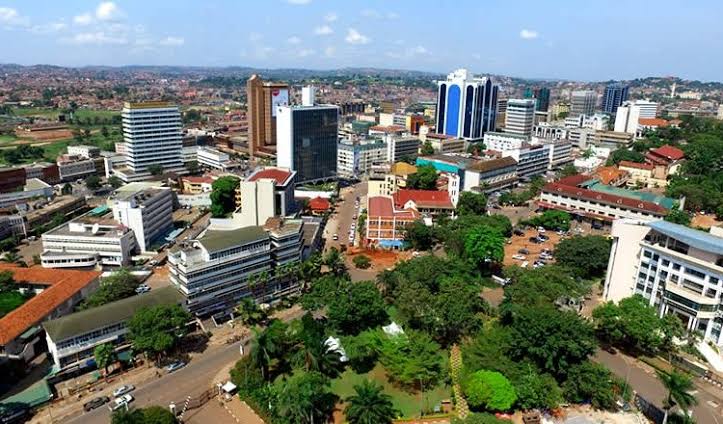 Aerial View Of Kampala City
Aerial View Of Kampala City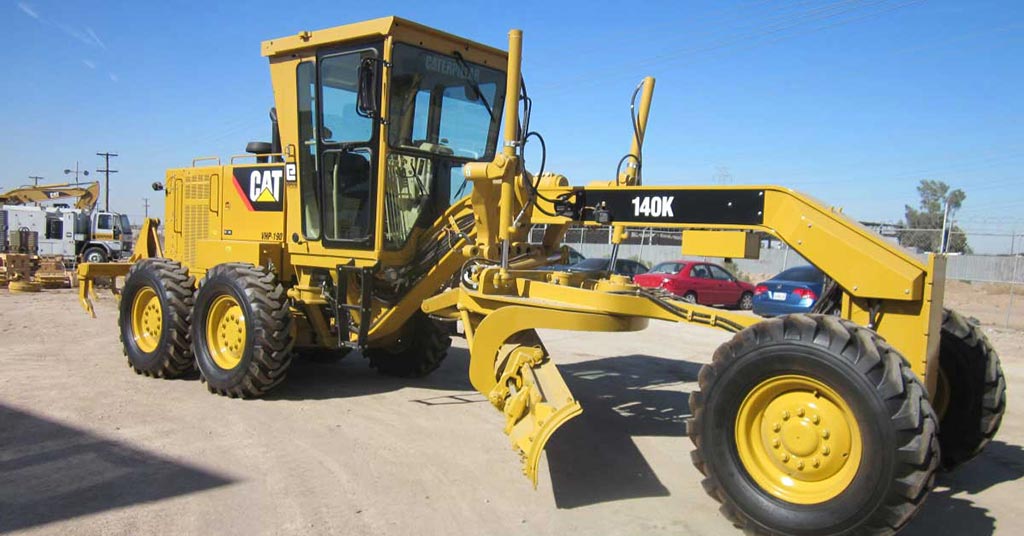 Buy A 140K Grader In Uganda
Buy A 140K Grader In UgandaFor inquiries or Orders:
Contact Us On:-
E-mail: Info@flawlessconsultsug.org
Or
Call/Whatsapp Us on: +256-772 238575
